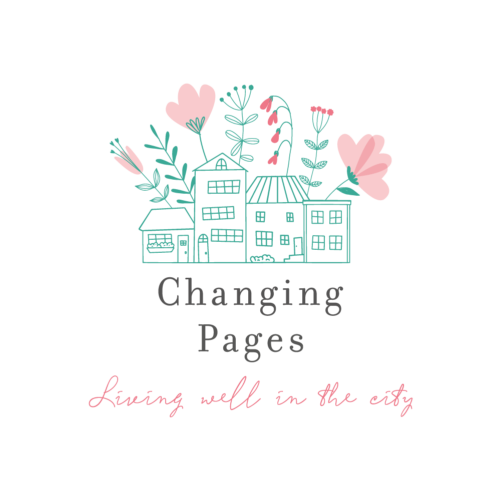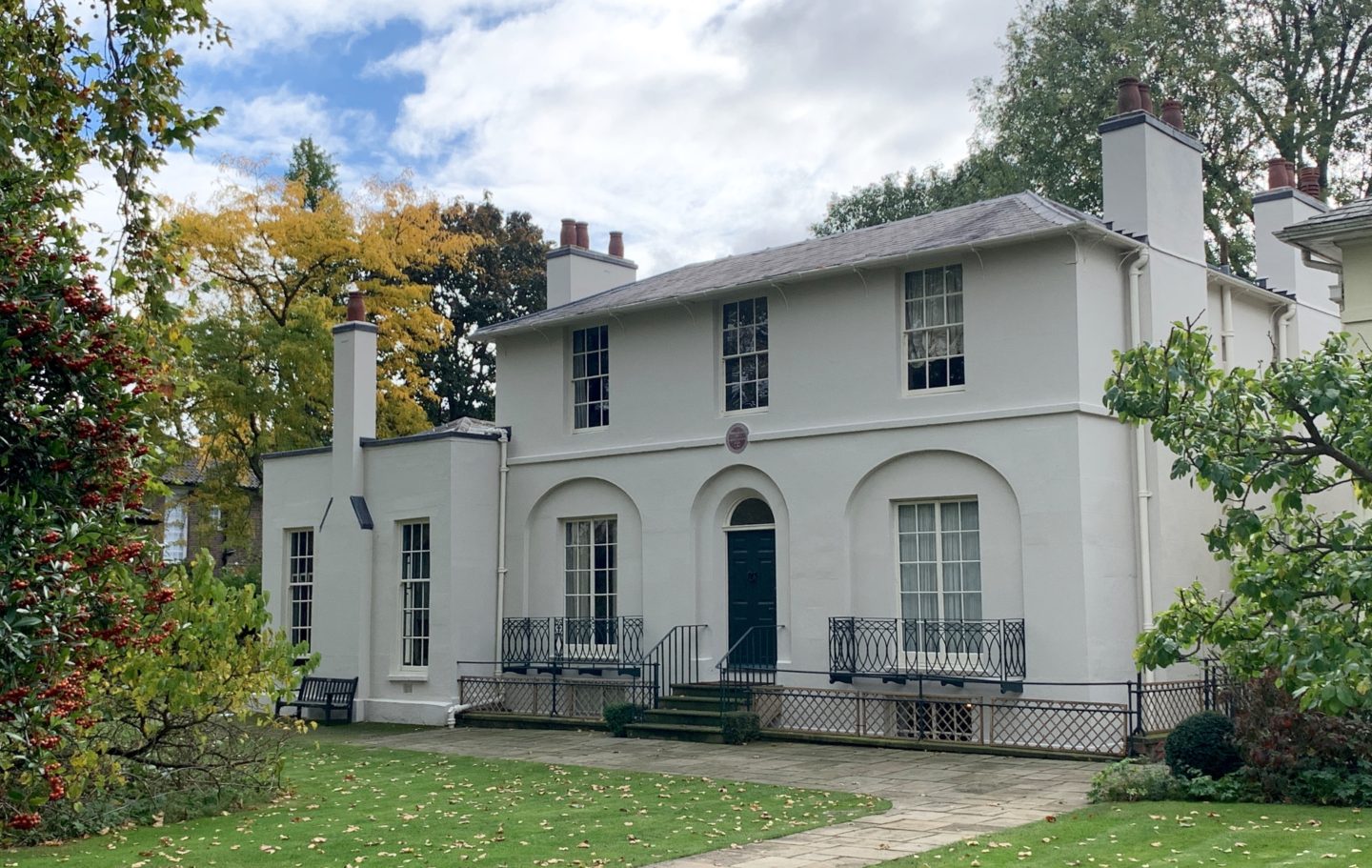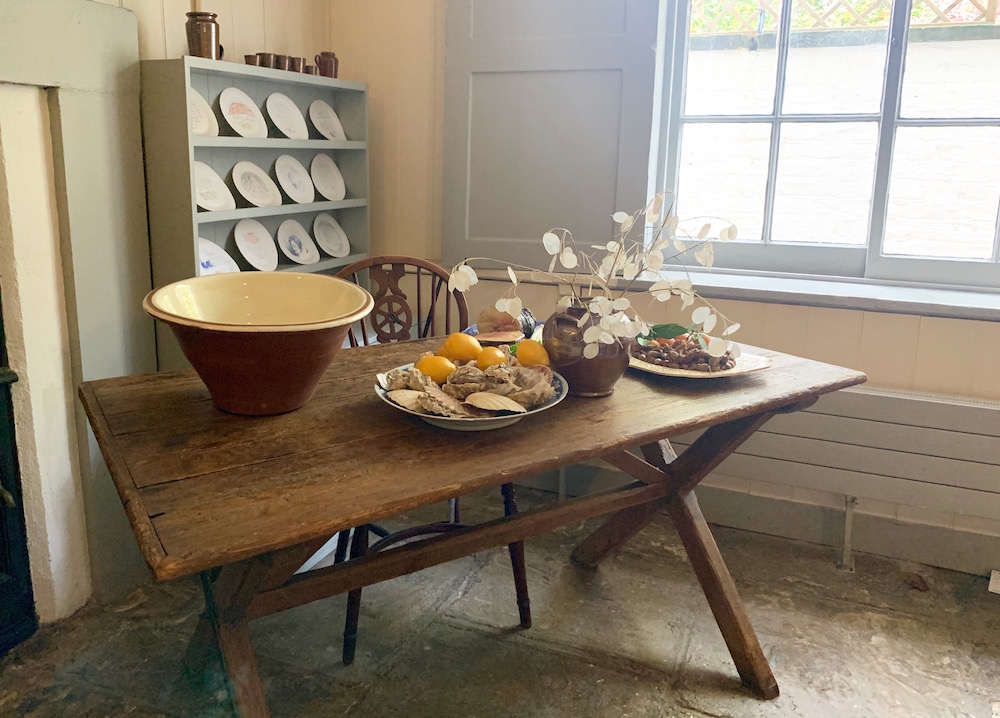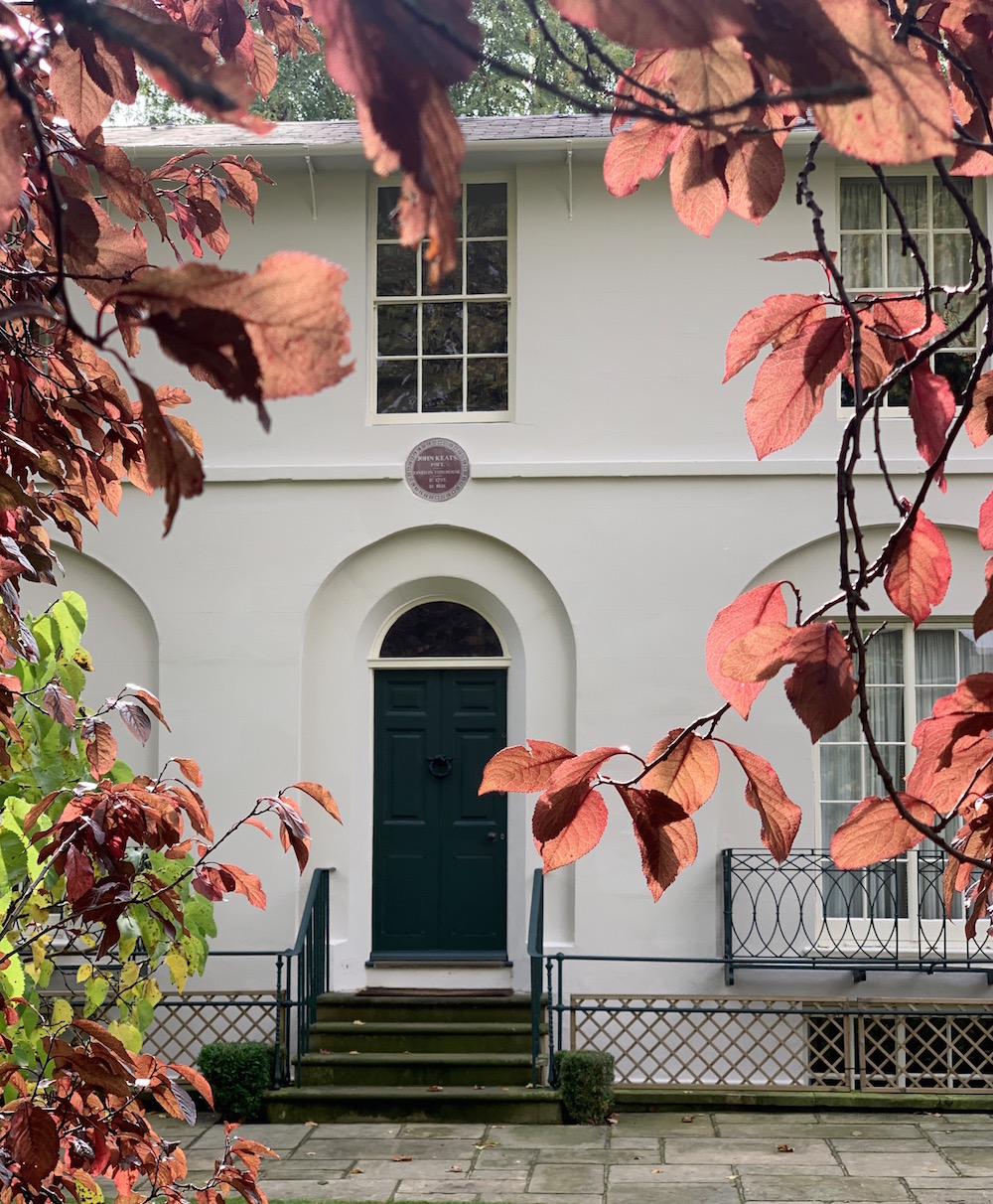Close bosom-friend of the maturing sun;Conspiring with him how to load and blessWith fruit the vines that round the thatch-eves run;”
I have been ever so slightly obsessed with the above poem, To Autumn by John Keats since I visited Keats House in Hampstead, (during the brief period visiting was permitted). I have also become a little bit obsessed by John Keats the man and the terribly short but fruitful life he lived.
In many ways, his former house in leafy Hampstead, just moments from the Heath is no more impressive than so many of the other large homes which line this part of London. What sets it apart of course, is its previous inhabitants. This elegant, white Regency Villa was built in 1815 and was in fact two homes separated by a staircase and a wall. Keats was a lodger with his friend who lived here, the writer Charles Brown.
Keats The Man
Keats had trained as an apothecary and surgeon at the staggering age of 14. However, his love of poetry saw him give up medicine to dedicate his life to his art. It was in 1818 that he moved to what was then known as Wentworth House. There he met the love of his life and muse Fanny Brawn and was inspired to write many of his finest poems.
Keats and Fanny’s love was full of passion and heartache. Fanny lived in the other side of the house and their closeness was a source of immense pleasure but also pain. They longed to be together, and yet because of Keats lack of funds this was impossible. In addition, it was here Keats became sick with consumption (TB). He left the house to go to Rome in 1920 at a time when the healing power of warmth and sunshine was deemed curative. Sadly he was never to return, and died in February1921, in Rome aged just 25 years old. Fanny was left heart broken and distraught. She had lost her deepest love and soul mate. She was inconsolable and for many years afterwards, was regularly seen walking the paths of Hampstead heath.
The House
There is a certain anticipation which comes when visiting the home of a celebrated and well known person. A hope that it will not only inform but will also capture the essence of the person too.
I can honestly say I felt the essence of Keats was captured from the very entrance of the house. There is a quiet elegance, but a pervading sadness captured in the rooms and carefully thought out displays. It is clear very early on that this home was a significant part of what made Keats the poet he became. He lived, loved and wrote here, and the passion and sadness which accompanied all of that is still present.
Not all of the rooms were open, but there was more than enough to really get a feel for what it was like for Keats to live and work here. Paintings of members of the household and his contemporaries in the literary world and fellow romantic poets are plentiful. It takes only a small leap of imagination to see them all sitting together discussing art and literature in loud voices. Some on chairs, others lounging on sofas and all the time Fanny just across the hallway in the adjoining house.
On the wall in Keats bedroom is a drawing by Joseph Severn. Joseph was the artist who accompanied Keats on his last journey to Rome. The drawing is simply of Keats head upon his pillow during his final days. There is a tenderness and vulnerability captured in this image by Severn who nursed him until the end.
In Fanny’s bedroom, almost equally moving is her ‘engagement’ ring. Under a glass case sits the heavy set garnet ring which Keats gave to Fanny as testament to his love. They were unable to be officially engaged so it was a secret between themselves. I found this particularly moving. He gave it to her probably knowing they could never be together, and in fact he was going to have to leave her.
When Keats was sick, Fanny was unable to see him, even though he was only the other side of the wall. Instead they wrote to each other notes of love.
I always enjoy a kitchen replication. This one is significant, as it is the kitchen where the house maid Abigail O’Donaghue worked. Charles Brown had an affair with Abigail who became pregnant with his child.
The Garden
The gardens are not extensive at all, but contain some lovely shrubs and plants. All the planting is inspired by Keats poetry. There is a pretty autumnal area where cyclamens bloom under a sturdy tree and an area in the front of the house inspired by Ode to Nightingale. Wandering through the gardens it is easy to see why Keats found this such a conducive place to work. It is peaceful and quiet. Certainly in those days the air would have been so much cleaner than in Central London, just a few miles away
I left Keats house feeling so much more educated about his life and work. Arriving home I went straight for my bookshelves and poetry anthologies to read his poetry afresh. Having learned so much more about Keats. I have continued to linger on poems such as Ode to Nightingale and Bright Star long after my visit.
Visiting:
At the time of visiting entry was permitted on specific days with entry at 11am, 12.15, 2.15 and 3.30pm
No more than 6 people were allowed at one time. (this was brilliant as when I visited I had almost every room to myself!)
The shop is currently closed
Entry Fee: £7.50 for adults but £3.75 if you have National Trust Membership
**Of course as the UK is now on a National Lockdown, Keats House is currently closed. However it will open again……..
I cannot recommend highly enough this reading of To Autumn by Ben Whishaw. Whishaw played Keates in the film of his life called Bright Star. A desperately moving portrayal. I highly recommend a watch of the film too.
“Bright star, would I were stedfast as thou art—Not in lone splendour hung aloft the nightAnd watching, with eternal lids apart,Like nature’s patient, sleepless Eremite,”Bright Star – John Keats






